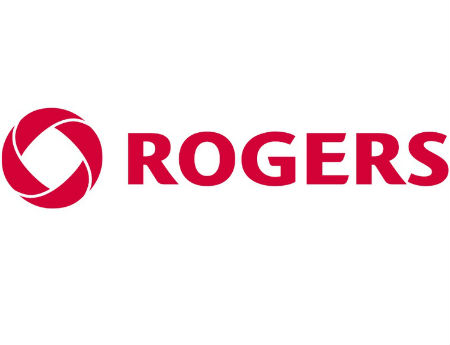Rogers Tightens Technology Ties to Comcast

Rogers Communications intends to roll out an IPTV service that relies on Comcast’s X1 platform in early 2018, but the technology ties between those operators is going much deeper than that.
RELATED: Rogers to Tap Comcast’s X1 Platform for IPTV Shift
As part of its Q4 results, the Canadian service operator will also use a range of CPE designed by Comcast, including DOCSIS 3.1 gateways, WiFi extenders, a new class of wireless set-tops and technology that enables the operator to send video to third-party companion devices, such as tablets and smartphones.
The plan also calls for Rogers to adopt Comcast’s new Digital Home solution, which Comcast announced earlier this month around CES and expects to deploy by the end of Q1 2017. That cloud-powered platform will allow the operator to centralize and organize their networks via millions of in-home broadband gateways. Rogers, along with Cox and Time Warner Cable and Bright House Networks (now part of Charter Communications) already sells a home security service powered by Icontrol (Comcast and Alarm.com are in the process of acquiring different pieces of Icontrol).
CES 2017: Comcast Aims to Smarten Up, Simplify the Home Network
Rogers also said it plans to debut a new advanced DOCSIS 3.1 WiFi gateway by mid-2017. Rogers has begun to offer a D3.1 gateway from Hitron. Comcast, meanwhile, has tapped Arris and Technicolor to product a new D3.1 gateway called the XB6.
RELATED: Comcast Taps Arris, Technicolor for ‘XB6’ Gateways: Sources
Multichannel Newsletter
The smarter way to stay on top of the multichannel video marketplace. Sign up below.
Rogers expects to launch its version of Digital Home along with the new IPTV product in early 2018, Tony Staffieri, Rogers’s CFO, said Thursday on the company’s earnings call.
As for its coming deployment of X1, Rogers hopes to generate the kind of results Comcast is getting with it in the U.S. and ride the scale and R&D afforded by the platform.
“We have seen the success X1 has had for Comcast in the U.S. market, including improving TV subscriber additions, lowering churn, increasing ARPU for excellent users, but most importantly, delivering a better customer experience,” Staffieri said. “Our customers will benefit from Comcast’s scale and substantial R&D investments.”
He also said Rogers expects its cable video economics to benefit from the variable opex model offered via its Comcast agreement, “which will limit cable video capex to more success-based investment.”
Staffieri also characterized the execution risk of X1 as “moderate to low.”
“This is a proven product,” he said, noting that the ecosystem for the platform is relatively small. “Others have done it in terms of licensing the product.”
Shaw Communications and Cox Communications have already rolled out next-gen video products that rely on X1.
“We think there is a real opportunity for growth,” Staffieri said when Rogers combines its new X1-powered video product with its own Internet products.
During the quarter, Rogers lost 13,000 video subs, narrowed from a year-ago loss of 24,000, for a total of 1.82 million. Rogers lost 76,000 video subs in all of 2016.
The MSO added 30,000 high-speed Internet subs, expanding to a total of 2.14 million.
Rogers also disclosed that its Q4 net income was impacted by a $484 million charge tied to its discontinued investment in the operator’s own IPTV product, which is dumped in favor of the new X1-hosted approach with Comcast.
Rogers also noted that it intends to hire Joseph Natale as president and CEO effective July 2017. Alan Horn is currently serving as Rogers’s interim president and CEO.
Rogers announced last October that Guy Laurence had stepped down and that Telus Communications chief Joseph Natale would be stepping into that role eventually.
